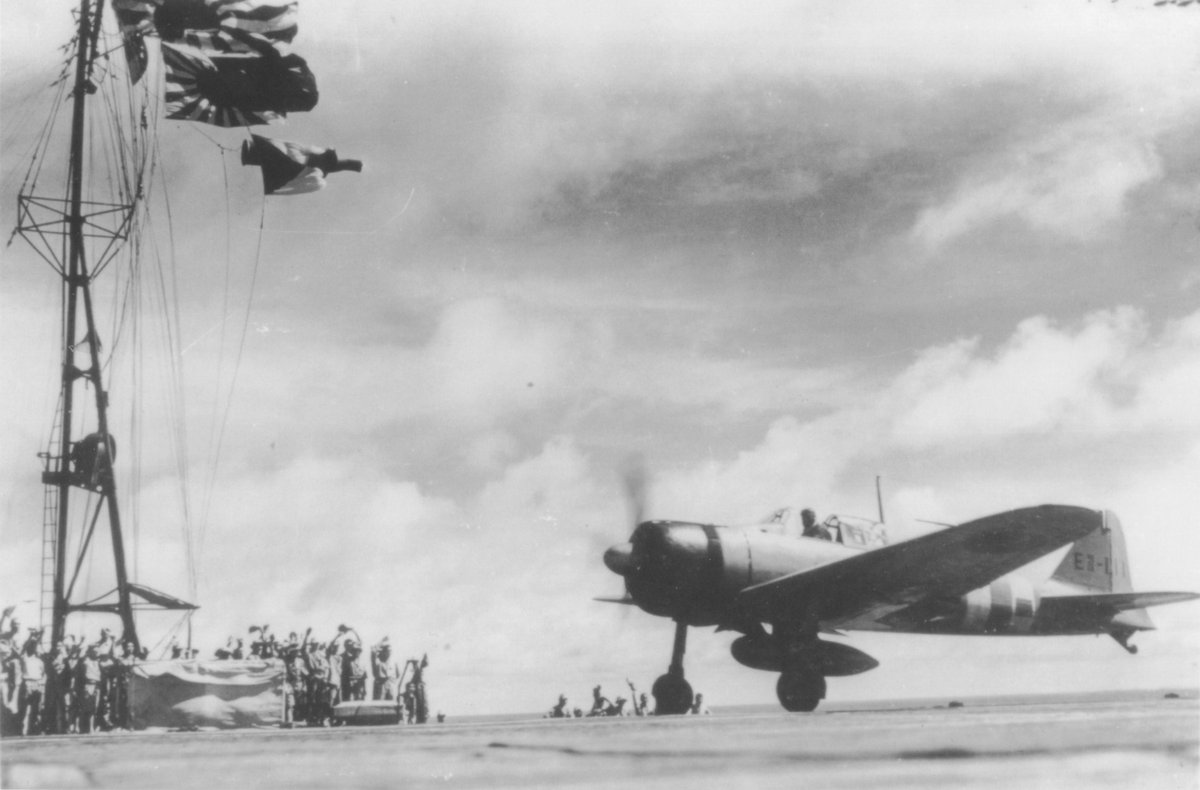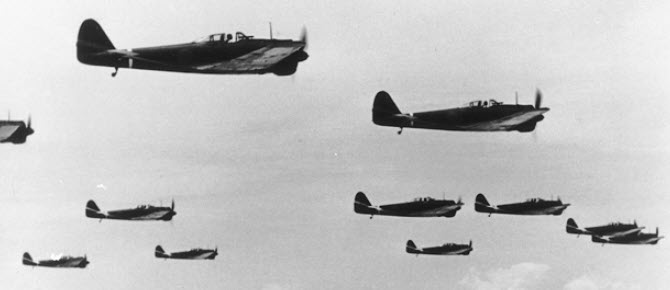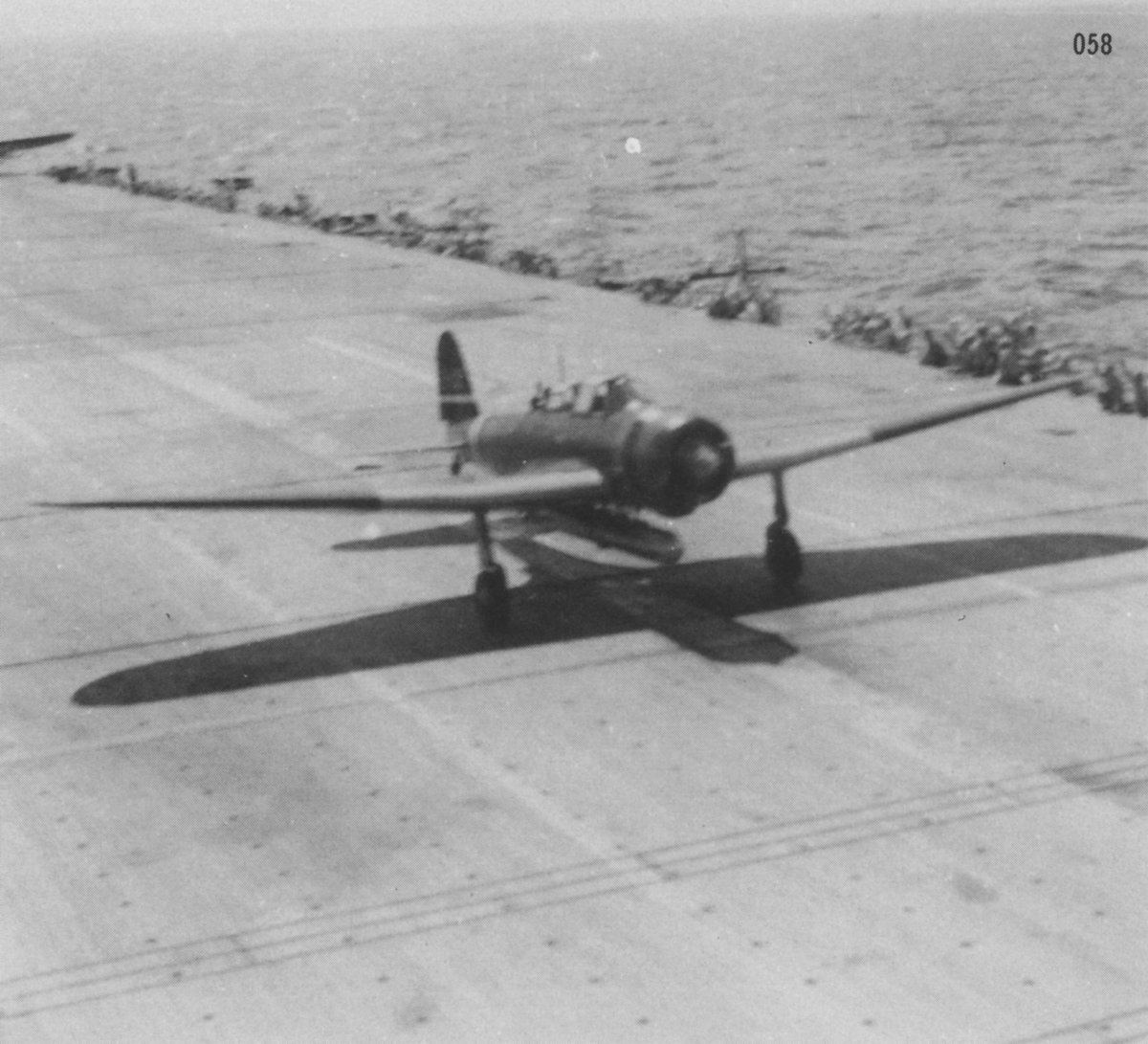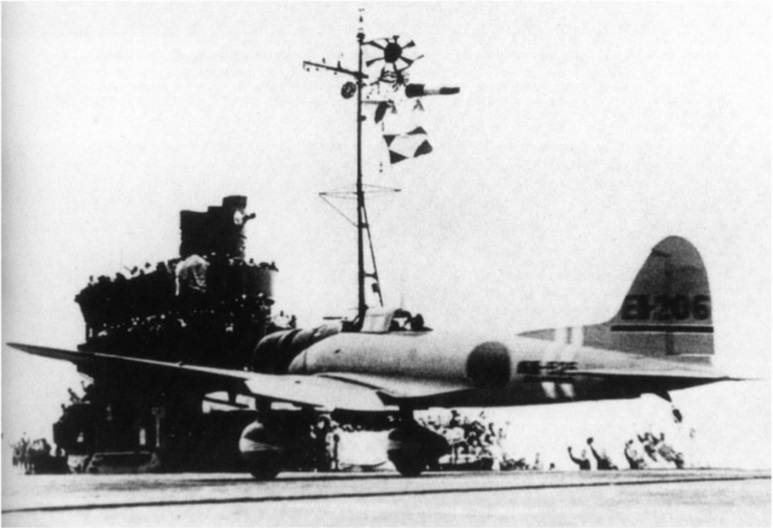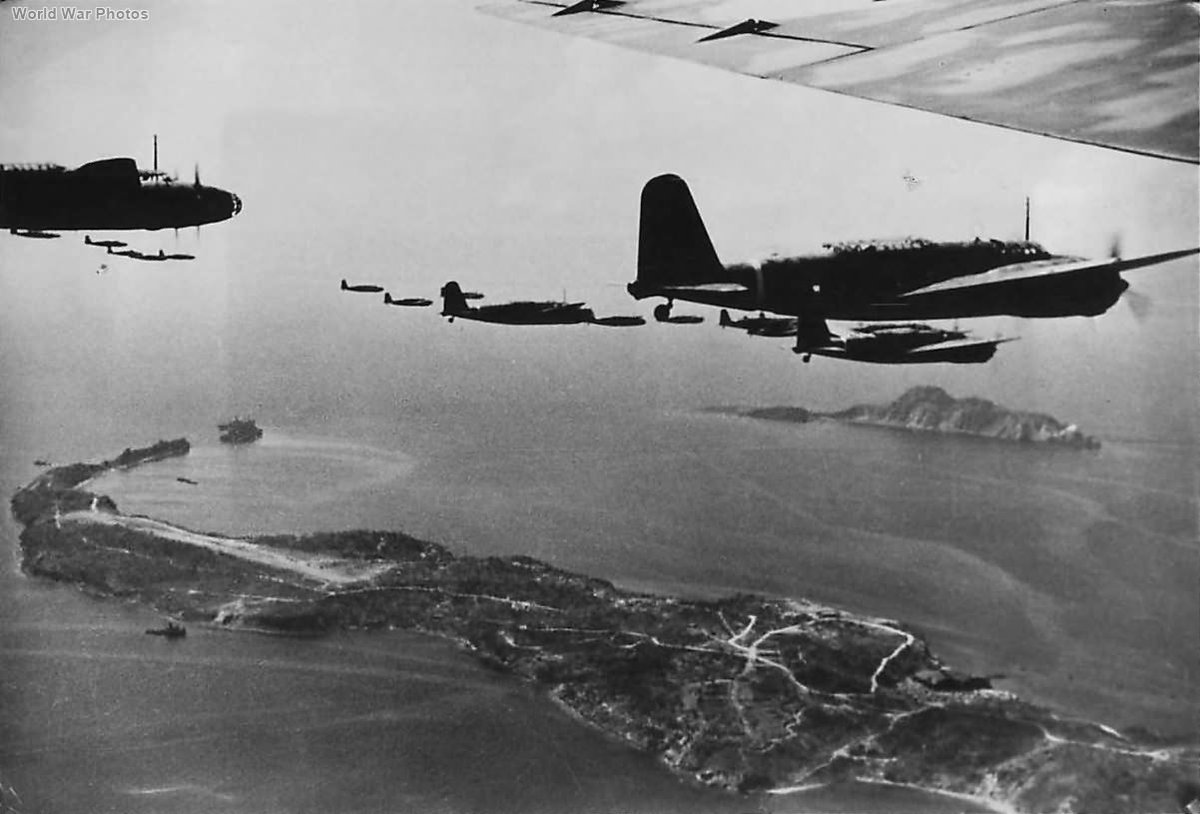A difficult Q given the Japanese fought a high intensity air war from 1937-1945. So a/c critical in certain periods/areas were not present at others. IJNAS and IJAAS had almost no a/c in common, and the IJNAS alone had more than three critical a/c. That being said, not in order: https://twitter.com/Hush_Kit/status/1390224745740783617">https://twitter.com/Hush_Kit/...
G3M.
1. An excellent horizontal/torpedo bomber for its time. 2. A significant step forward in domestic Japanese a/c design.
3. Formed the backbone of bombing efforts against China from 1937-1941.
4. Continued to serve into 1945 in first line and later secondary (e.g. ASW) roles.
1. An excellent horizontal/torpedo bomber for its time. 2. A significant step forward in domestic Japanese a/c design.
3. Formed the backbone of bombing efforts against China from 1937-1941.
4. Continued to serve into 1945 in first line and later secondary (e.g. ASW) roles.
G3M continued.
5. Is representative of the IJNAS& #39;s massive commitment to land-based air power that could work independently of and in close cooperation with the fleet. Something the Japanese did on a scale that was unique to the IJN, but often overlooked by more casual observers.
5. Is representative of the IJNAS& #39;s massive commitment to land-based air power that could work independently of and in close cooperation with the fleet. Something the Japanese did on a scale that was unique to the IJN, but often overlooked by more casual observers.
A6M. Low-hanging fruit.
1. Undoubtedly the most important Japanese fighter of the war, numerically and in impact.
2. Both land-based and carrier-based, and served in every role one could think of for a fighter all the way to 1945.
3. Represents Japanese carrier aviation.
1. Undoubtedly the most important Japanese fighter of the war, numerically and in impact.
2. Both land-based and carrier-based, and served in every role one could think of for a fighter all the way to 1945.
3. Represents Japanese carrier aviation.
A6M continued.
4. It was an excellent design that is still often misunderstood. Famously remained in frontline service too long, needing a replacement that was not forthcoming by the end of 1943.
5. Is definitely the most famous Japanese a/c of the war, for good reason.
4. It was an excellent design that is still often misunderstood. Famously remained in frontline service too long, needing a replacement that was not forthcoming by the end of 1943.
5. Is definitely the most famous Japanese a/c of the war, for good reason.
Ki-43.
1. This is my pick to represent that the IJAAS also existed. The Ki-43 was the army& #39;s most important fighter.
2. Less capable than the A6M imo, but still performed well against the Allies regardless.
3. Served from 1941-1945, most effectively on the Asian continent.
1. This is my pick to represent that the IJAAS also existed. The Ki-43 was the army& #39;s most important fighter.
2. Less capable than the A6M imo, but still performed well against the Allies regardless.
3. Served from 1941-1945, most effectively on the Asian continent.
Given I was restricted to only three, I had to pick aircraft that were both important in and of themselves and also representative of broader trends within Japanese aviation at the time. All three would easily make a top ten every time.
Lots of runners up - B5N (would be my #4 pick), D3A, H6K, G4M, E13A, E7K, F1M, Ki-21, Ki-48, various trainers, etc. Early war stuff really. The Japanese produced capable later designs as well, but they made less impact due to the overall war situation.

 Read on Twitter
Read on Twitter
